Everything you need to know about grapefruit. Different varieties, how to select them, how to store them, and handy nutrition info!
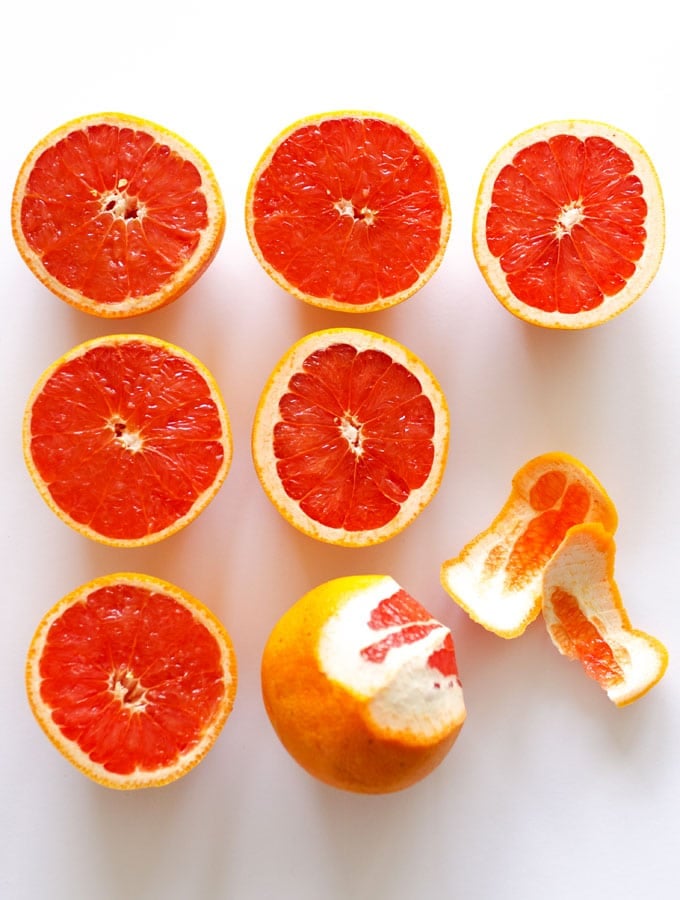
As we burrow into winter, let’s brighten up our fruit bowls with the tastiest, tartest winter fruit around…grapefruit! But first, let’s learn a bit, starting with the important question.
Why are grapefruits called grapefruits?
Grapefruits are actually a pretty recent discovery. They originated in 18th century Barbados, and are thought to be a cross between an orange and a pomelo. They coined their name for the way they grow in clusters like grapes
Varieties of grapefruit
- Red: With a red-blushed skin, these are the sweetest, and contain the most lycopene, a powerful antioxidant.
- Pink: These are mildly sweet and great for juicing.
- White: With a pale/yellow skin and light fruit, these are the least sweet.
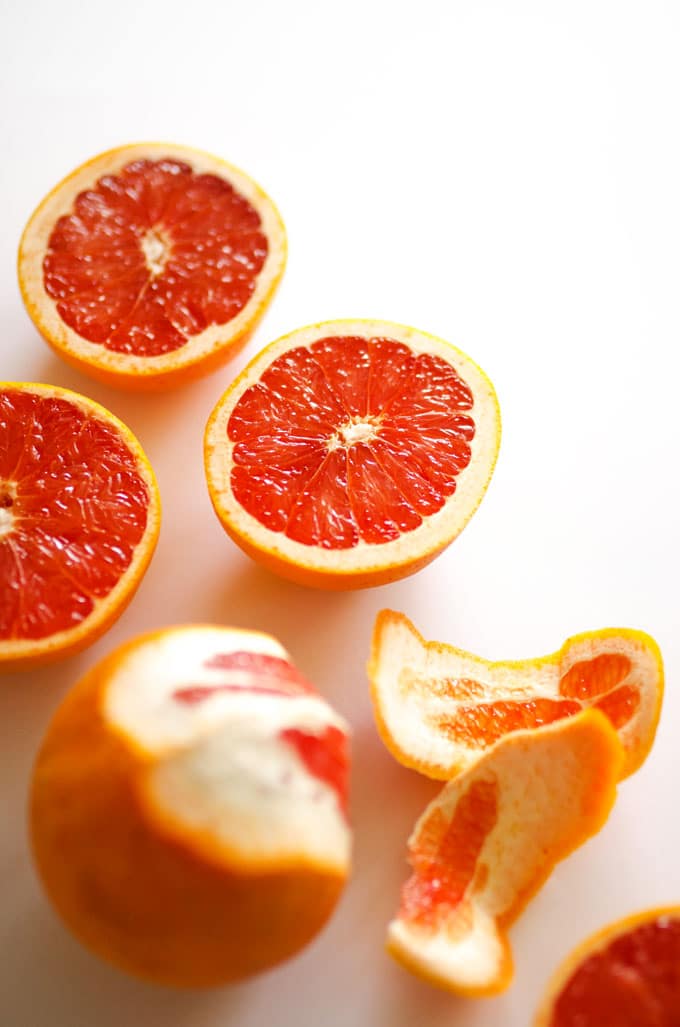
How to pick the perfect grapefruit
Avoid soft, water-soaked spots, as these are a sign of decay. Aim for firm fruits that are heavy for their size. These will be the juiciest! They’re in season from early winter until spring, though you’ll find them in most groceries year round.
How to store grapefruit
These fruits are juiciest and sweetest tasting at room temperature, so store them on the counter if you’ll eat them within a few days.
For longer storage (3 to 4 weeks), refrigerate your grapefruits in the vegetable crisper drawer.
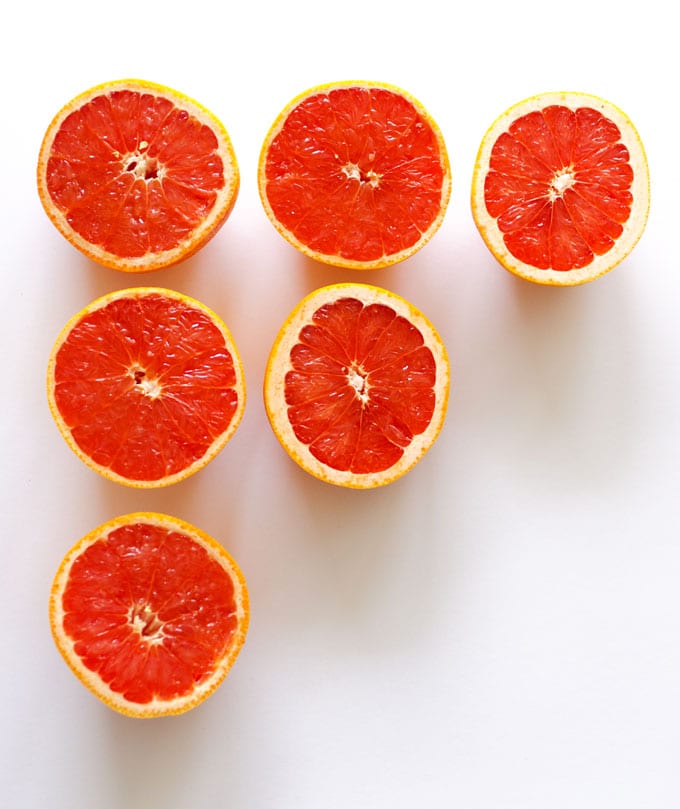
Grapefruit nutrition information
per 1 cup chopped red grapefruit (230 g)
- Calories: 97
- Carbohydrates: 25 g
- Fiber: 4 g, 15% of Daily Value (DV)
- Protein: 2 g
- Fat: 0 g
- 120% DV of Vitamin C: A water-soluble vitamin that acts as an antioxidant to fight against potentially damaging free radicals (molecules with unshared electrons that float around wreaking havoc) and an important cofactor in collagen synthesis.
- 54% DV of Vitamin A: Provides the provitamin version of this fat-soluble vitamin, meaning it comes from a plant source and your body converts the plant pigment into active Vitamin A. It is essential in many components of healthy vision, as well as immunity and cell growth/differentiation.
- Also lycopene! The red color of grapefruit comes from lycopene, the same powerful antioxidant in tomatoes and watermelon.

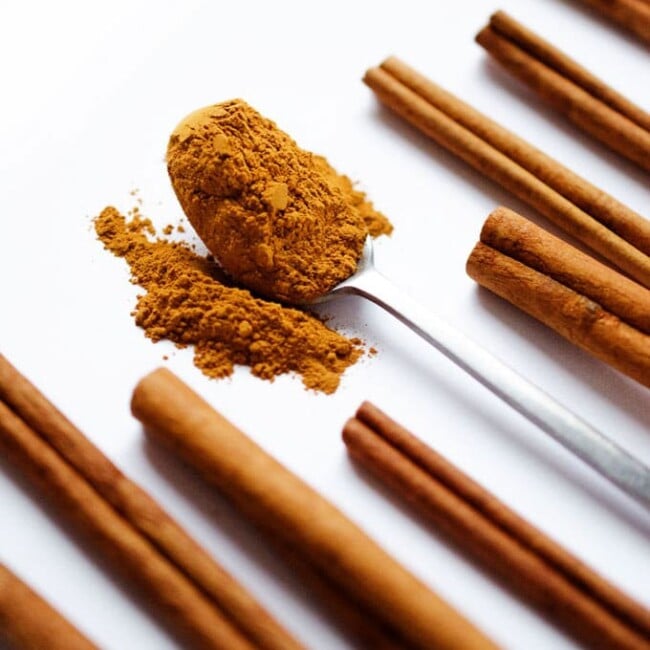
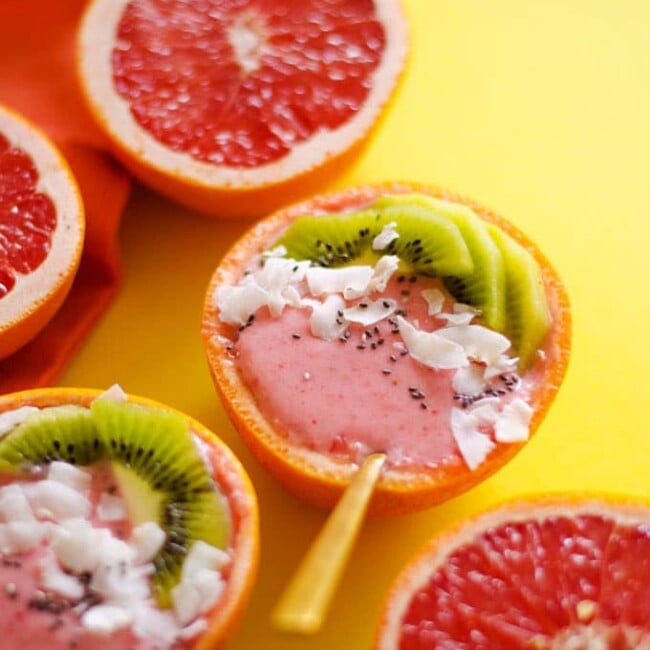
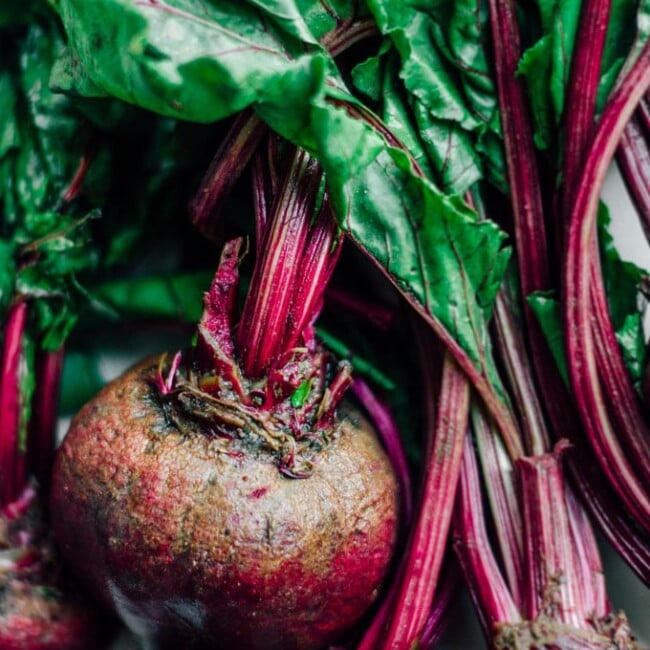
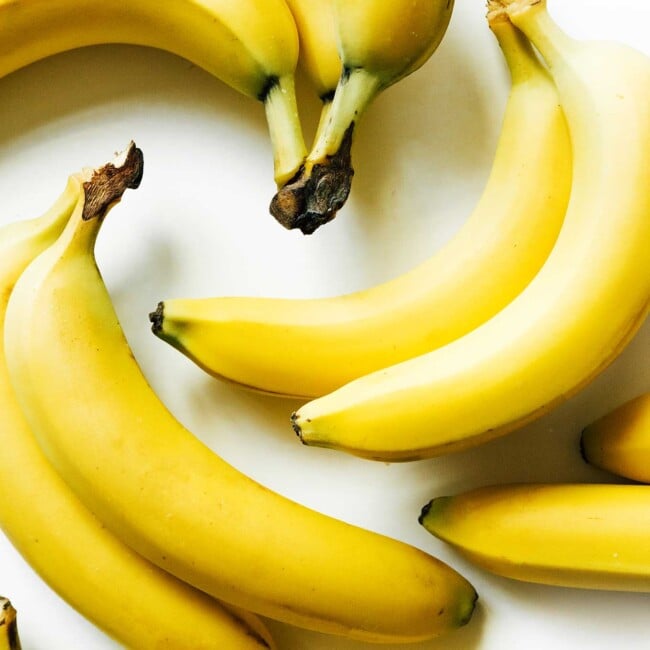
jack murphy says
I love grapefruits! Thanks for sharing this informative post!